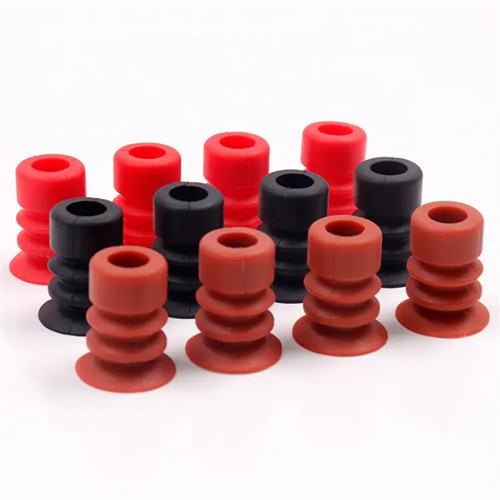Lateral core pulling mechanism of the slider and inclined guide column
The lateral core pulling mechanism using a slider’s inclined guide pin is a classic structure for achieving horizontal or inclined core pulling in injection molds. Its key feature lies in the angle matching between the guide pin and the slider’s guide slot. Typically, the angle of the guide pin is 1°-2° greater than the slider’s inclination angle to ensure smooth core pulling and reliable resetting. In a side hole core pulling system for a television rear cover, a 35mm horizontal core pulling operation was required. A 20° inclined guide pin (12mm diameter, SKD61 material) was used in conjunction with a 19° slider inclination, with the clearance between the guide pin and the slider controlled at 0.04-0.06mm. Kinematic simulation analysis revealed that this angle design optimizes the lateral force distribution during core pulling, reducing the normal force on the slider by 18% compared to designs with equal angles, effectively minimizing guide pin bending deformation. After 80,000 consecutive production runs, the wear on the inclined guide pin was only 0.02mm, far below the industry average of 0.05mm.

The fixing method for inclined guide pins significantly affects core pulling accuracy. End-cap fixing is suitable for short guide pins (less than 100mm in length), while long guide pins require two-end fixing to enhance rigidity. A washing machine control panel features an 80mm core pulling stroke and 150mm inclined guide pins. Initially, single-end fixing resulted in a maximum deflection of 0.25mm during core pulling, and the side hole position accuracy of the plastic part was out of tolerance. After switching to a two-end fixing structure, the guide pins were positioned at each end using a template, with shaft shoulders and nuts tightening. This reduced deflection to 0.08mm, and the side hole position error was reduced from ±0.3mm to ±0.1mm, meeting assembly requirements for buttons. Furthermore, a 0.01mm interference fit was established between the guide pin and template, utilizing the template’s elastic deformation to eliminate gaps and further improve positioning accuracy, keeping the repeatability of the core pulling action within ±0.03mm.

The guide structure of the slider determines the smoothness of the core-pulling mechanism. Integral guides are easy to machine but difficult to repair after wear, whereas inlay guides can extend their service life by replacing wear blocks. A mobile phone casing mold used an integral guide. After 30,000 cycles, the slide’s clearance increased to 0.1mm due to wear, resulting in noticeable wobble during core pulling and scratches on the side edges of the plastic part. After switching to an inlay structure, the guide uses H13 steel wear blocks (hardness HRC52), creating a suitable hardness difference with the slider (H13, HRC48). The clearance can be adjusted using shims. This improvement reduced the parallelism error of the slider to 0.02mm/m, reduced the wear rate from 0.015mm/10,000 cycles to 0.005mm/10,000 cycles, and replaced the wear blocks in just two hours, significantly shortening the mold maintenance cycle.

The diameter of the inclined guide pin is determined by calculating the core-pulling force, typically using the formula d = 1.13√(F/[σ]) (F is the core-pulling force, and [σ] is the allowable material stress). For a car bumper with a side core-pulling force of 15kN, a 20mm diameter SKH-9 high-speed steel guide pin was selected. Its bending strength reaches 2800MPa, and a safety factor of 2.5 ensures no plastic deformation under peak loads. Actual testing has shown that the maximum stress during the core-pulling process is 850MPa, far below the material’s yield strength. Furthermore, the surface is nitrided (0.15mm depth, HV900 hardness), increasing wear resistance by a factor of two. No noticeable bending or wear was observed during 100,000 test cycles, and the core-pulling response time remained stable (0.8 seconds per cycle).

The core-pulling mechanism’s limiter is key to preventing the slider from over-positioning. Common stoppers include block and spring limiters. A medical device housing mold requires precise positioning after core pulling. A limiter block, in hard contact with the slider, is used with a 0.01mm adjustment shim to control the final position, achieving a positioning error of ±0.02mm and ensuring the required coaxiality between the side holes of the plastic part and other components. For applications where slight post-core pulling movement is required, such as to prevent undercut adhesion, a spring limiter can be used. A compression spring is placed between the slider and the mold plate, maintaining a 50N preload after core pulling. This ensures flexible contact between the slider and the limiter block, preventing vibration caused by rigid impact. This method was used in a toy wheel axle sleeve mold to reduce the vibration amplitude after core pulling from 0.15mm to 0.05mm, eliminating surface chatter marks on the plastic part and increasing the appearance qualification rate to 99.5%.
